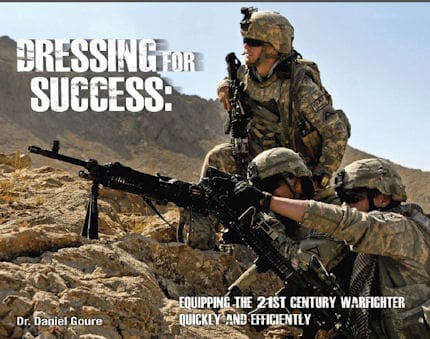MARBLEHEAD, MA (March 2, 2015) – The Warrior Protection and Readiness Coalition (WPRC) is pleased to announce the latest additions to its membership and has added a new director to its Board of Directors. The new members include several leading companies in the warfighter equipment and clothing industry.
New company members of the WPRC include: Bernard Cap Company, GENTEX Corporation, Massif, Safariland, and Source One Distributors. The added voices of these industry leaders will be critical to advancing the WPRC mission to support the equipment and advanced clothing needs of the Armed Services and Department of Homeland Security.
Bernard Cap Company – Bernard Cap is the largest Class A dress uniform headwear supplier to the United States government and its various agencies. They specialize in the manufacture of fine quality uniform headwear for U.S. and foreign military forces, service academies, airlines, police, security, and other organizations. www.bernardcap.com.
GENTEX Corporation – GENTEX is a leading provider of innovative solutions that enhance personal protection and situational awareness for global defense and security personnel operating in high performance environments. The company’s Gentex® and Ops-Core™ family of products and systems include helmets for both ground and air applications, aircrew life support systems, advanced optics, ground soldier protective equipment, high performance textiles, respiratory protection and communications equipment. www.gentexcorp.com.
Massif – Founded in 1999, Massif has provided hot weather flame resistant (FR) combat shirts, cold weather fire resistant fleece and softshell garments for the U.S. military since 2005. They are a world leader in supplying FR and high performance outdoor apparel to the military, law enforcement, search and rescue professionals, and the wildland firefighting community. www.massif.com.
Safariland – The Safariland Group is a leading global provider of a diverse range of safety and survivability products designed for the public safety, military, professional and outdoor markets. The Safariland Group offers a number of recognized brand names in these markets including Safariland®, ABA®, Second Chance®, Bianchi®, Break Free®, Protech® Tactical, Hatch®, Monadnock®,Identicator®, NIK®, Mustang Survival® and Med-Eng®. The Safariland Group’s mission, “Together, We Save Lives”, is inherent in the lifesaving and protective products it delivers. They are committed to providing quality, technologically advanced products that serve the ever-changing needs of the warfighter and peacekeeper. www.safariland.com.
Source One Distributors – Source One Distributors supports a broad array of clients in the defense industry, national security, law enforcement, search and rescue, fire and private security sectors by providing mission critical equipment, product sourcing, acquisition solutions, contracting expertise and a variety of support services. www.buysourceone.com.
Mr. Greg Maguire of Revision Military is the new industry representative who has joined the WPRC Board of Directors. The WPRC Board of Directors represents a cross-section of the personal protective equipment industry, providing organizational governance and setting the strategic direction of the WPRC. Mr. Maguire joins current WPRC Board Chairman Luke Hillier, WPRC Secretary David Bohannon, and WPRC Treasurer Don Vavala as well as Board Members Frank Montie, Brookwood Companies and Nate Smith, Oakley/ESS as leaders of this not-for-profit industry association.
“I welcome our newest members to the WPRC and appreciate their support for our initiatives,” said Chairman Luke Hillier. “Companies who have chosen to join our efforts are those that are committed to maintaining a healthy industrial base that is prepared to meet evolving threats in a dangerous world. As an industry, it is crucial for our advocacy to be focused on supporting the essential American manufacturing capability that supports the needs of our Armed Services.”
Regarding these positive developments, WPRC Executive Director David Costello commented,
“The WPRC serves as the voice of the personal protective equipment (PPE) and Organizational Clothing and Individual Equipment (OCIE) industry. These five new members of the WPRC bring their industry expertise and experience to our mutual efforts. This year alone we have achieved several critical successes, including the elimination of the use of reverse auctions by the Defense Logistics Agency for our product categories. This will ensure that our soldiers, sailors, airmen, marines and operators are receiving the best available equipment at the best possible cost to the taxpayer. We look forward to continuing our momentum this year with active leadership and with the added help of these additional industry partners.”
The WPRC supports the readiness of the United States by providing a unified industry voice to the U.S. Congress, the Department of Defense (DOD), Department of Homeland Security and other stakeholders. We work at the intersection of the Personal Protective Equipment and Organizational Clothing/Individual Equipment industry, the federal legislative policy process, and the Departments of Defense and Homeland Security. Our membership includes companies throughout the equipment and clothing industry and with companies at every point in the industrial supply chain who represent the best in American manufacturing.

















































































































